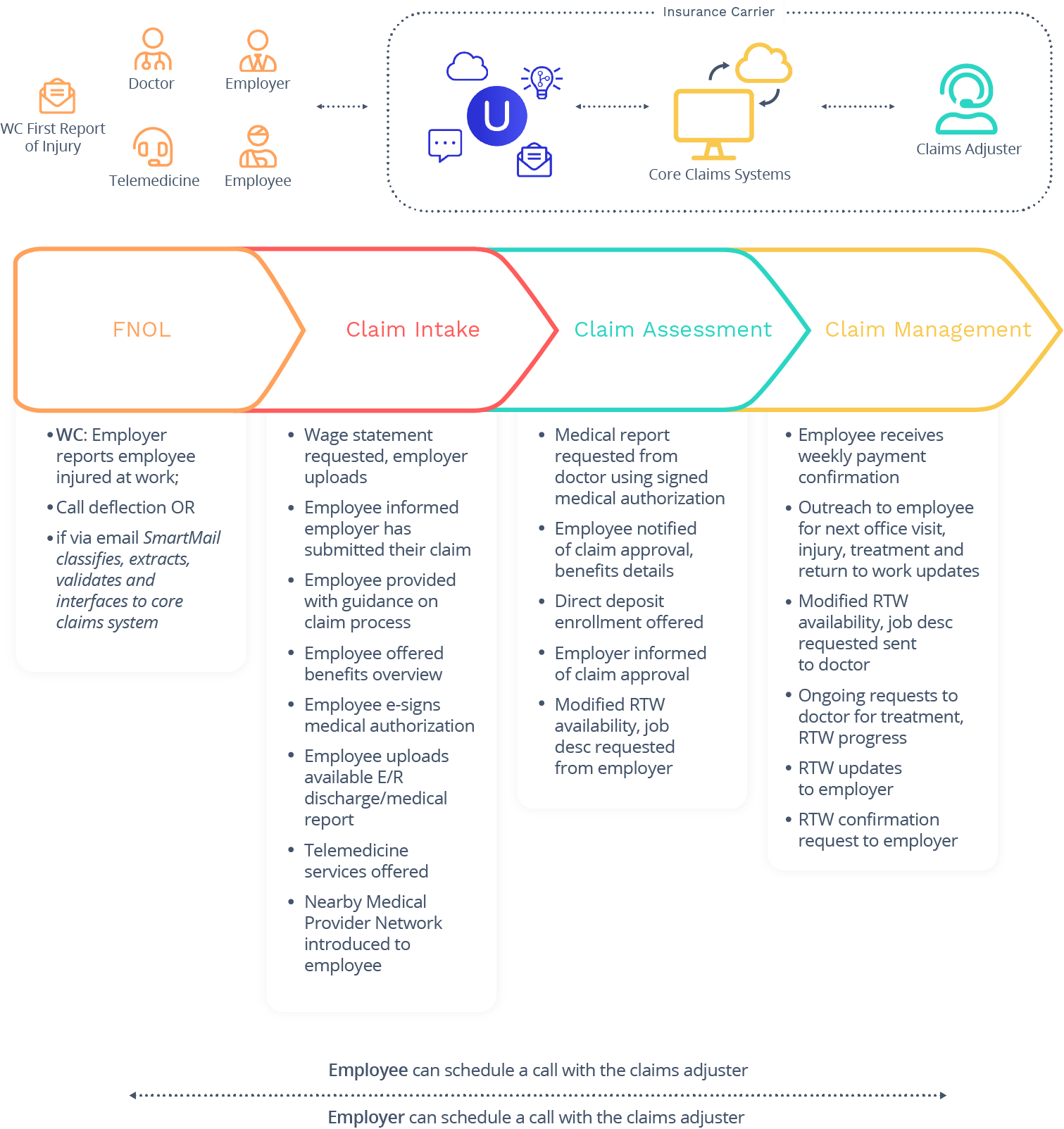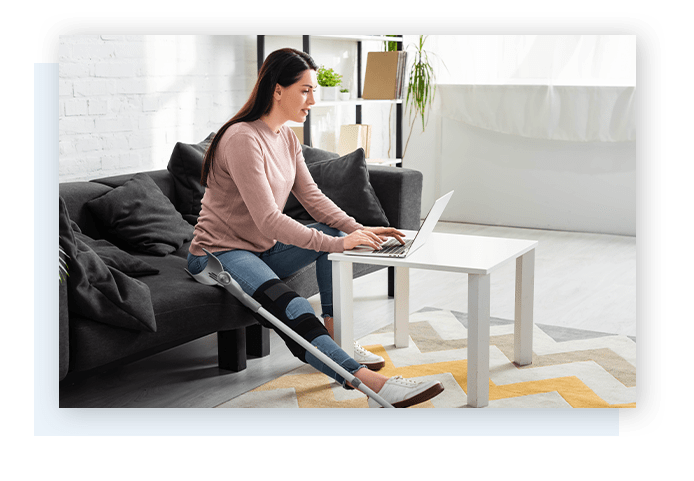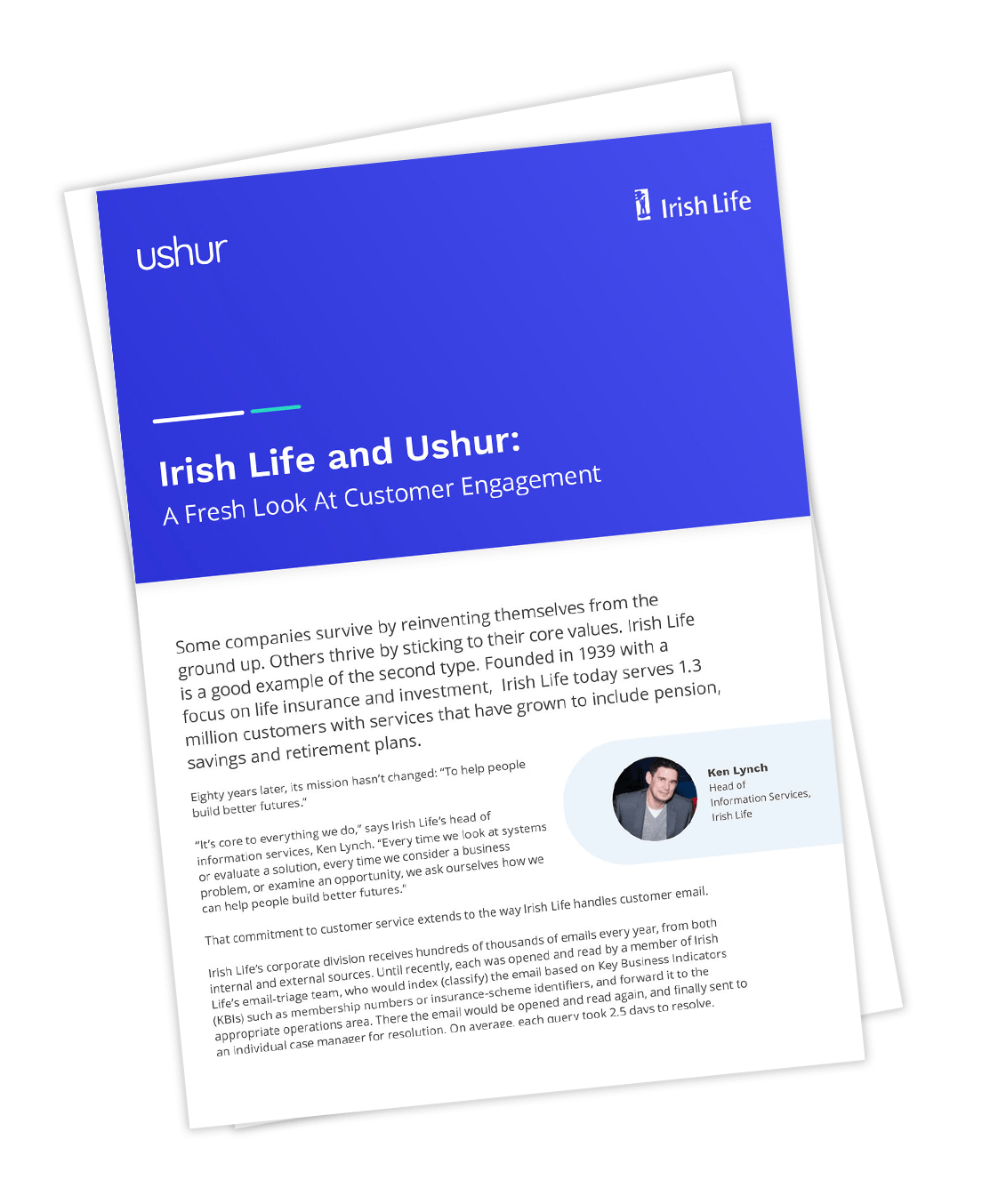
Insurance is a service industry, and the customer’s claim experience can drive their decision to renew or change carriers, including for workers’ compensation. The customer is entrusting their insurance carrier to both take care of their injured employee and protect their company from financial harm. The challenge is that each worker’s compensation claim is both unique and multi-dimensional. A claims adjuster can sometimes feel like they are expected to be a juggler or even a magician to always keep all the goals in view.
Service is the foundation of the claim process. Insurance carriers have core services to provide a consistent brand experience to all. But some customers may purchase additional special services, tailored to their unique claims handling needs. When a colleague recently asked me what’s most important to successfully manage a WC claim, some self-reflection was in order since the answer “Everything!” wasn’t all that helpful.
Compliance is both paramount and complicated when it comes to WC claims. Workers’ compensation in the United States is governed by state-specific regulations that vary across a myriad of dimensions, from the timing of the first indemnity benefit payment to injured worker communication. I won’t even try to describe the variability and quantity of WC forms each different state requires.
This blog post was originally published in the July 2nd, 2021 edition of P&C 360
Insurance is a service industry, and the customer’s claim experience can drive their decision to renew or change carriers, including for workers’ compensation. The customer is entrusting their insurance carrier to both take care of their injured employee and protect their company from financial harm. The challenge is that each worker’s compensation claim is both unique and multi-dimensional. A claims adjuster can sometimes feel like they are expected to be a juggler or even a magician to always keep all the goals in view.
Service is the foundation of the claim process. Insurance carriers have core services to provide a consistent brand experience to all. But some customers may purchase additional special services, tailored to their unique claims handling needs. When a colleague recently asked me what’s most important to successfully manage a WC claim, some self-reflection was in order since the answer “Everything!” wasn’t all that helpful.
Expense management is important for WC claims handling. Back in my day, we focused more on the indemnity expense versus medical spending, as we worked tirelessly to guide the injured employee to return to work. Medical expenses are now front and center with cost increases outpacing inflation. Litigation also contributes to WC claim expenses and does so not only when a dispute arises. When an injured worker obtains legal representation, the WC claims adjuster is barred from any direct communication and can no longer work with them on their return-to-work plan. Litigated WC claims cost 4 times more and can take twice as long to resolve with almost triple the number of lost time days.

A WC claims adjuster is relentlessly focused on achieving the best possible outcome from a service, compliance, and expense management perspective – for the customer (the employer) and for their injured employee. When a work accident occurs, the claims adjuster becomes the glue that keeps the injured worker and their manager focused on a common objective - for the employee to return to work both as quickly and safely as possible. The WC claims adjuster must be both compassionate and disciplined. They must make sure every compliance “i” is dotted, and every service “t” is crossed, keeping the channels of communication open with both the injured employee and their manager.
Since I joined Ushur last year, I have shared some of my own WC claim adjuster experiences with my colleagues and explained how I can empathize with our customers. In speaking with our customers, despite the passage of time and all that has changed in the world and industry, it’s clear the goals and experiences of a WC claims adjuster remain virtually the same. When one of our customers shared their pre-Ushur challenge of making 6 outbound phone calls to an employee, taking up to 3 weeks to make a connection for a return-to-work update, I thought to myself, “That was me – more than 30 years ago!” Except back in my day, there wasn’t any email or SMS, not to mention voicemail. I could send a letter, but that would take too long to make that first and immediate connection with an injured employee. So, I would get in my car and show up, unannounced, at their home. Regardless of my best of intentions, that could feel invasive and not conducive to getting a new relationship off to a great start. The last thing I wanted to do was trigger mistrust, not to mention make them feel they needed to retain an attorney. Distrust is the leading reason why an injured employee retains an attorney. For comparison, our customer now uses Ushur to reach out for disability updates using SMS and gets the necessary information on average within an hour, also reducing their inbound calls by 35%. That translates to significant operational efficiency, along with expense management and service gains, with claim overpayments avoided. And the injured employees signaled their satisfaction both by opting-in and providing an 85% CSAT response.

Today, the WC claims adjuster continues to wear many hats. Customers expect and trust their carrier to take the best care of their injured employees and their company. The claims adjuster is entrusted and expected to be sure the injured employee has access to the pertinent and best resources. The adjuster is acting on behalf of, if not as an extension, of the employer. When done well, the injured worker feels that connection through responsiveness and empathy. Not only is the WC claims adjuster an advocate of the employer with the injured employee, but they are also an advocate of the employee with their employer. The customer experiences the value of that advocacy from being continuously informed all along the way.
The quality of the WC claim experience influences achieving the earliest and safest return to work possible. The claim journey is a series of many critical and often predictable interactions, beginning with the report of the new claim. Some WC first reports of injury arrive as email attachments – either sent via email or being directed to an inbox through a fax server or being submitted by an agent’s system. At some point, assigning more employees to monitor those email boxes hits the law of diminishing returns. And that just covers the first step of identifying the new claim report. There is still review and data entry to get each new claim into the claim system and into the hands of the adjuster. Tick tock – the worried injured employee has no idea what to do, and the customer is counting on their carrier to begin handling the claim immediately.
Related Content

A carrier can never move too quickly to get the employer’s report of a new injury into the claim system, and, in turn, into the hands of a claims adjuster and that’s not because of compliance. While that first pay due date is always important, what’s critical for a successful claim outcome is to reach out to the injured worker immediately to let them know their injury has been reported. There’s an injured employee out there, not only hurting but feeling like their world has been turned inside out. They may not understand who pays their medical bills, and they are even less likely to know the steps that need to be followed before indemnity benefits will be paid. Consider that they may not even know who the WC insurance company is, not to mention how to reach them, let alone when payments will begin and how they are calculated. I often say that no one understands the claims process except a claims professional.

if I were the injured employee, my anxiety level would drop substantially if, as soon as my manager reported my injury, I received an SMS from the insurance carrier saying, “We’re here; we’ve got you.” A spark of trust would emerge, through the transparency of the WC carrier explaining the claim process, timeline, and benefits calculation formula to me in layperson’s terms. My confidence in a wholly unfamiliar carrier (and my employer who selected them) would be improved with being offered access to resources, like a medical provider network or telemedicine provider. I would appreciate the speed and ease of e-signing a medical authorization. And I would feel the empathy of having the option to schedule a call with my claims adjuster. The carrier could wrap up their first proactive outreach with being sure I understand what happens next and when. And the carrier would only be a hashtag away for any questions I might have in the interim.
Through proactive digital outreach, instead of my manual outbound phone calls and impromptu house visits, an automated 2-way conversation makes that invaluable and immediate connection with the injured employee on their schedule. The carrier can provide the peace of mind that gets the new relationship with the WC claims adjuster off to a strong start.
The speed of interactions with the customer matters, too. From providing an automated acknowledgment of the new claim receipt to letting them know their injured employee has been contacted, it’s another moment to say, “We got this – you and your employee are in great hands.” A critical, predictable and automatable interaction for a WC claim is requesting the wage statement, and we can insert speed into this interaction. It can take time for the employer to compile a year of earning details, and without it, benefits are initially based on a wage estimate that excludes overtime pay. Any instance when you can avoid paying WC benefits based on an estimated average weekly wage, the better. I remember too many frustrated injured worker calls when I could hear doubt in their voice that their benefit rate would ever be corrected, let alone soon.
There are other key stakeholders with critical and predictable communications that are high-value candidates for automation to ensure they always happen as quickly and efficiently as possible. This could include sending an email to the treating physician, attaching the earlier e-signed medical authorization to obtain the ever-important confirmation of disability and any return-to-work target date.
By now you may be thinking about the lost time claims which unfortunately have an extended disability period. Critical, predictable and automatable proactive outreach opportunities include requesting updates from the employee on the timing of their next office visit, requesting a current office visit report from the doctor, and passing along any return-to-work timing to the employer.
We consistently discover that when a carrier examines the highest driver of inbound inquiries, claim status requests are at, or are near, the top. These inquiries can arrive via phone or email with the same request occasionally being submitted multiple times through different channels. As I mentioned earlier, once one of our customers began sending out regular proactive claim status updates via SMS, they saw their inbound call volume drop by 35% while their customer satisfaction level rose to 85%. Remember the regulatory compliance and service agreements that I mentioned earlier? Those too could include high-value interactions to automate – after all, they are critical and predictable.
With all of these opportunities to automate critical and predictable WC claim interactions, this is not about eliminating the person-to-person interactions that will always be needed and are highly valued. Rather, it’s about meeting the growing expectations of people of all generations, to provide the option of digital self-service. And with research showing that almost 2/3 of people will pick self-service first, automation creates capacity for claims adjusters to be more available for those interactions where the human touch is preferred and needed. Do not underestimate the value that the speed that automated 2-way communication enables. Think about the value in a service experience for customers and their employees when it takes minutes versus days to triage and process inbound email, and seconds to make that vital first injured worker connection.
And imagine the positive impact on the daily experience of your WC claims adjusters – who are no longer making those 6 outbound phone calls – or perhaps showing up at someone’s home, unannounced.
